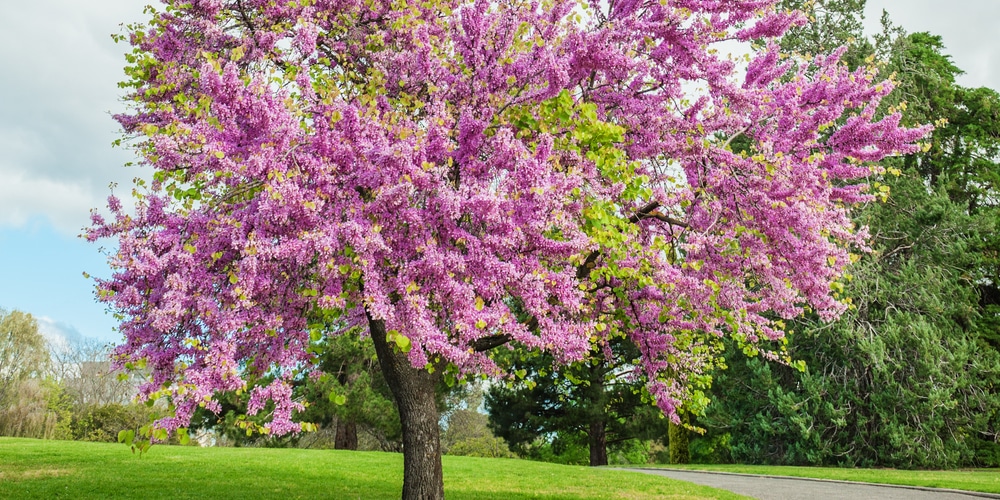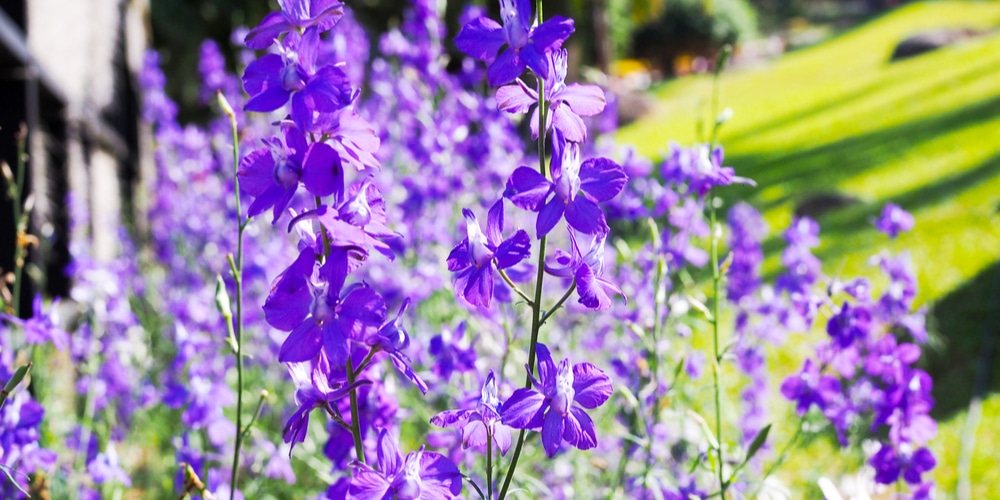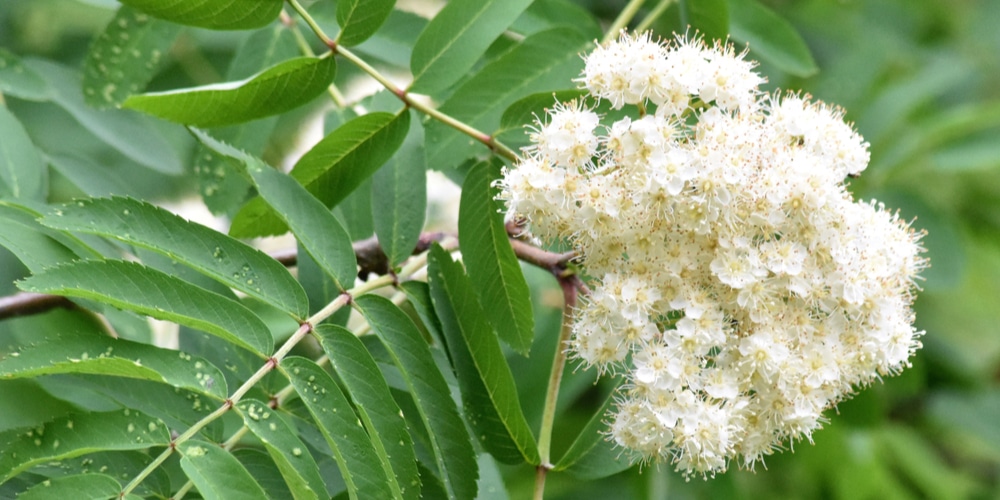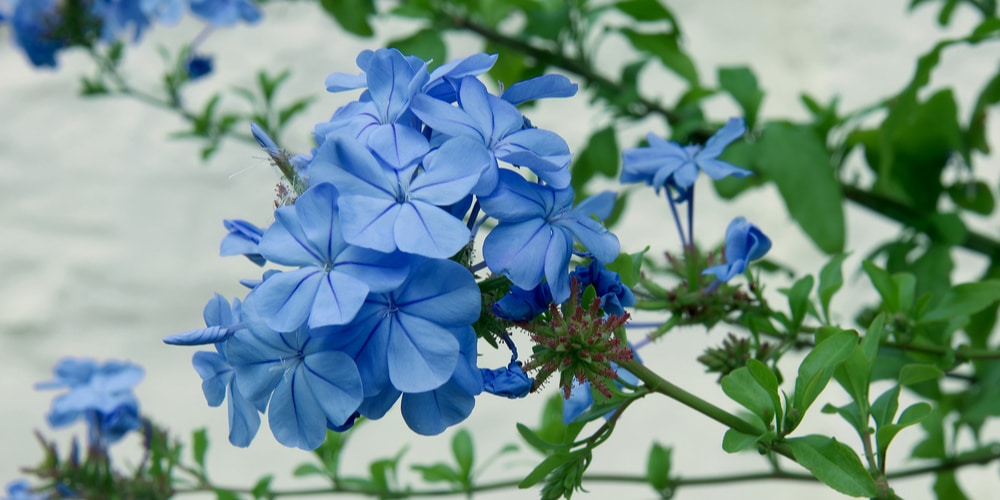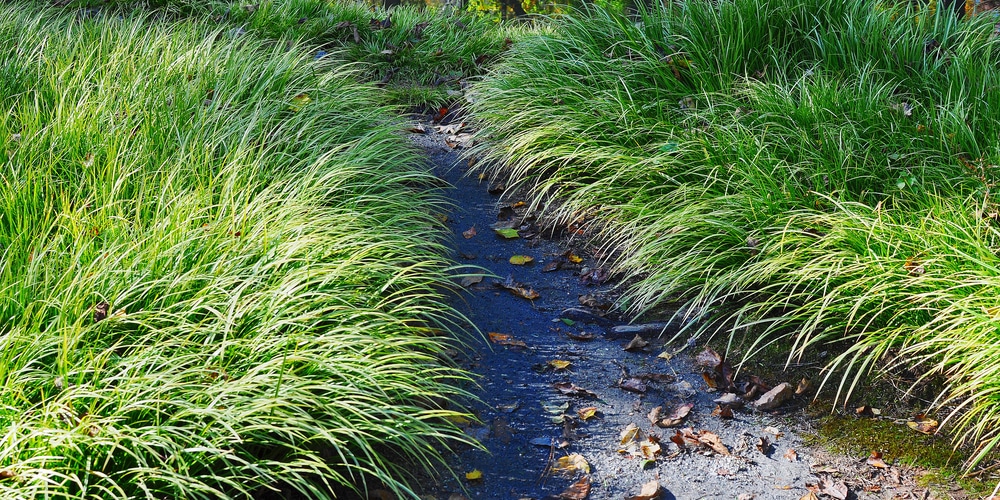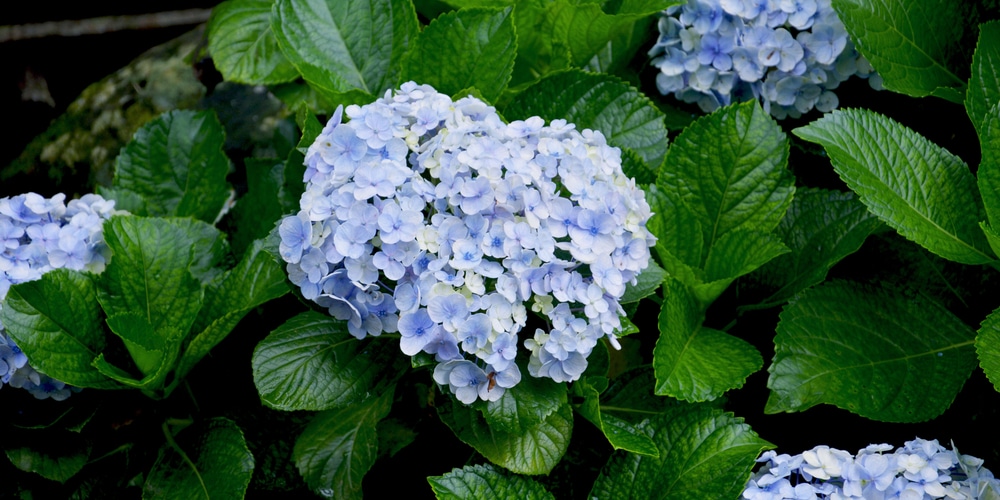Who doesn’t dream of having a lush, colorful garden that attracts beneficial pollinators and doesn’t require you to go all over the place to ensure they survive in your Kentucky landscape? The good news is that you can make your landscape more attractive by adding Kentucky Native Plants. If you live in this Southern State, there isn’t a better option for you to maintain a thriving garden without putting too much effort into ensuring the survival of your plants.
Kentucky Native Plants are relatively low maintenance, as they need less watering, fertilizing, and pest control than other non-native options. Plus, they are adapted to your state’s climate, making them tolerant to drought and ready for the winter. However, not all native plants will be suitable for your garden. Of course, you’ll have to check with their light and soil requirements to ensure these plants will thrive in your lawn. Additionally, you’ll have to make sure the plants you select are suitable to the hardiness zone you live in. With that said, let’s dive into our Kentucky Native Plants guide to give you a better idea of what plants you can choose for your yard.
Coral (Trumpet) Honeysuckle
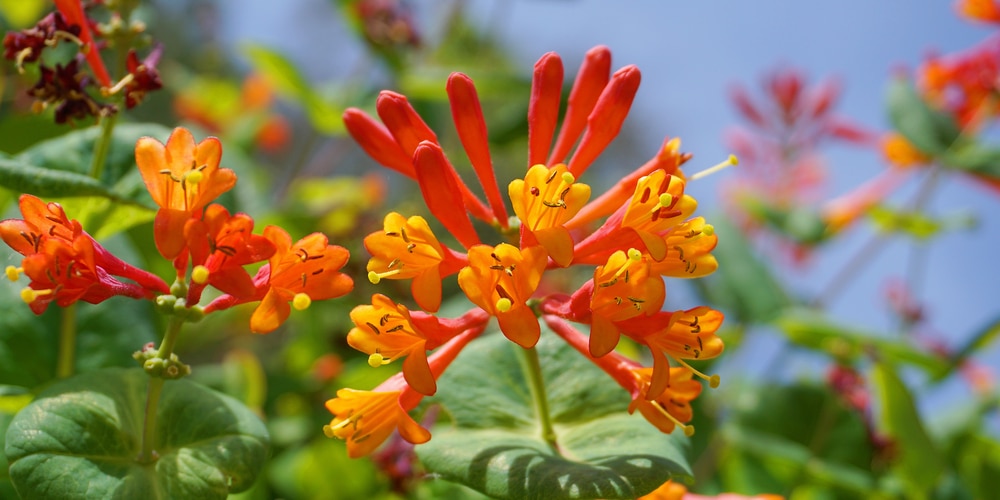
If you like hanging vines, this vividly colored plant will provide your yard with the decorative features you’ll need. You can train it to grow around pergolas or a trellis, but also anything that suits your taste. Some people like to use these plants as ground covers. However, the most attractive feature is the plant’s orangy flower tubes that the honeysuckle produces from March through June.
Eastern Redbud
The Easter Redbud is the perfect option if you like the idea of planting a native tree in your garden. Plus, its stunning blooms will add a bright pink color to your garden during the spring, which will attract beneficial pollinators and will contribute to your plants’ thriving and survival. Not only that, but the flowers are edible and rich in vitamin C. This tree prefers moist and well-draining soil but does well in both full sun and partial shade. Under the proper conditions, Eastern Redbud will grow up to 30 feet!
Great Blue Lobelia
If you like brighter colors, you will like Great Blue Lobelia. This Kentucky native plant produces tiny flowers from bright blue to lavender between July and October (when most other plants prepare for the fall). This plant is not as drought tolerant as other natives. Indeed, you will have to water it frequently to maintain it moist, unless you live in a part of the state with naturally wet soil (such as close to the Ohio River). For this reason, you should consider planting it in partial shade to contain water evaporation to a minimum.
Rusty Blackhaw
Rusty blackhaw can be either a shrub or a tree, depending on how you prune it. In general, this plant will mostly remain small and grow slowly.
Its name comes from the brown hairs that grow under the leaves and stems. However, that’s only part of the colorful vibe this tree can add to your garden. You will enjoy white flowers in the spring and brilliant red leaves in the fall.
New England Aster
To have flowers in the fall and the spring, you should consider getting a mix of different plants. New England Aster blooms between August and October and produces flowers similar to daisies with bright purple petals. The good news about this stunning plant is that it doesn’t require much attention on your part. On the contrary, New England Aster is so easy to grow that it might spread too much. You will have to keep it under control to avoid overpowering other plants in your garden. Consider regular pruning and trimming.
Wild Blue Phlox
If you like to have a lush lawn, but you don’t have the time to take good care of it, you should consider planting wild blue phlox instead. This cover plant is not only low-maintenance but also stunningly colorful. Indeed, it produces small flowers that can go from light blue to purple. However, because it tends to grow fast, you may have to mow it more often than you would do with your regular lawn. Still, this perennial plant does well in either partial or total shade and can grow in various soil conditions.
Spicebush
Spicebush produces fragrant leaves and fruits, which you can use to brew teas or create a spice for kitchen purposes. This shrub is an attractive addition to many landscapes because of its vibrant golden leaves in the fall. Plus, it is fast-growing and doesn’t have many requirements for thriving. However, it doesn’t work well as a hedge plant as this bush loses its leaves during the winter.
Prairie Dropseed
If you need a plant to place under a bright corner of your yard, you may want to consider Prairie Dropseed. This bunchgrass can provide your garden with a little more density and a splash of bright green. Plus, in the spring, you will be able to enjoy the stingy coriander fragrance of its blooms. Plant your prairie dropseed under direct sun, and don’t worry too much about watering it. This plant will survive under drought conditions and does well in sandy and rocky soils.
Wild Hydrangea
Last but not least, we couldn’t end our Kentucky Native Plants Guide without mentioning the beautiful wild Hydrangea. These shrubs grow wider than tall and produce heavy white flowers in summer, from June to August.
You will have to contain this plant to prevent it from overtaking other plants in your garden: wild Hydrangeas are speedy growers. To maintain an attractive shape, they require some pruning. These plants are versatile and can grow in the sun or shade without needing too much water in either case.
Related Article: When to Plant Hydrangeas
Kentucky Native Plants: Conclusion
Choosing native plants is a good idea to limit the maintenance you have to provide your garden. Native plants will thrive in their natural environment and contribute to helping you build a stunning garden with little effort. No need for fertilizers or pesticides!
